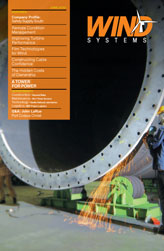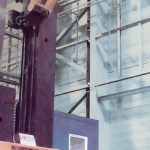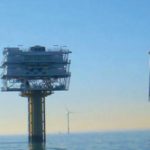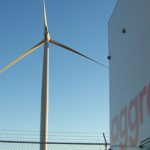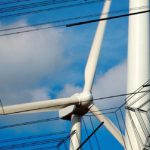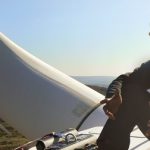Despite a wind turbine design life of 20 years, the likelihood of a corresponding OEM warranty is remote, at least from a cost performance perspective. As a project comes off warranty and begins to age, owners should expect a steady increase in maintenance duration, cost, and resource needs. Not all project owners are prepared to take on the full work involved in maintaining their wind turbines, however, and in some instances come out of the warranty period with O&M teams that are understaffed and overworked. An OEM providing warranty service is able to easily supplement his operations staff to conduct retrofits and major repairs, yet once the warranty has expired the owner no longer benefits from this exclusive labor arrangement. Owners are instead left to perform O&M based on labor assumptions that had been distorted throughout the warranty period. For a project no longer in warranty, overtime pay can sometimes amount to a higher number than regular wages merely because the project is understaffed. Even when a facility has the technicians it needs to perform routine repairs, unscheduled maintenance puts a noticeable dent in a project’s bottom line.
In a conventional power generation facility, the number of technicians required to adequately operate and maintain the project is determined by a time-based distribution of the required operational tasks. For example, it may take three to six technicians to operate a 250MW combined cycle power plant at any given time, wherein each operator has certain tasks to perform. Staffing these projects is fairly straightforward, and plant outages where major maintenance is performed are handled by an “all hands on deck” approach and the utilization of subcontracted maintenance support.
What is the right number of technicians required to safely operate and maintain a wind project? A ration such as 1 crew: 20 turbines is common for the 1MW+ class turbines. This ratio might be lower when longer durations of scheduled maintenance are required on more complex turbines. Such “rules of thumb” are legitimized by many project operators today, but understanding how they are determined will help a project owner to more adequately staff wind projects. The operator might sum the estimated number of hours of daily, routine, and scheduled maintenance and divide by the number of available technician hours in a given month, typically ranging from 145-175 hours depending on the hours required for training, vacation, and personal time off. Inherently flawed, this evaluation process only provides the projected number of technicians necessary to meet the assumed hours of routine maintenance on the project. The approach of using industry rules of thumb or estimating personnel needs in this way does little to accommodate the resource needs of unpredictable downtime; something that can dramatically compromise routine service maintenance and troubleshooting duties. It is quite possible that a more conventional approach to operations and maintenance of wind projects—one similar to power generation facilities—could not only remove the scheduling issues of annual servicing, but also allow the project to achieve higher levels of reliability and availability.
To some degree operators are already moving toward a power plant format of conducting annual and semi-annual maintenance. After the initial 500-hour startup service, operators will try to work their maintenance schedules around annual weather patterns. Ideally these services are performed in anticipation of the windy and/or peak demand seasons in an effort to ensure high performance during these periods. To take it a step farther, if an operator is able to minimally staff a project that adequately addresses routine operations and minor repairs during peak wind season, then augmenting this same staff with qualified outside resources might be a better option for conducting annual maintenance during off-peak periods. The primary staff required to operate and routinely maintain the project is sufficient, annual maintenance is assured and completed in less overall time, and the turbine servicing is not conceded to repairs or troubleshooting. This approach also allows owners to mitigate the effect of unpredictable maintenance by choosing to move scheduled service and maintenance into a specified period and bringing in additional resources to complete this work.



















